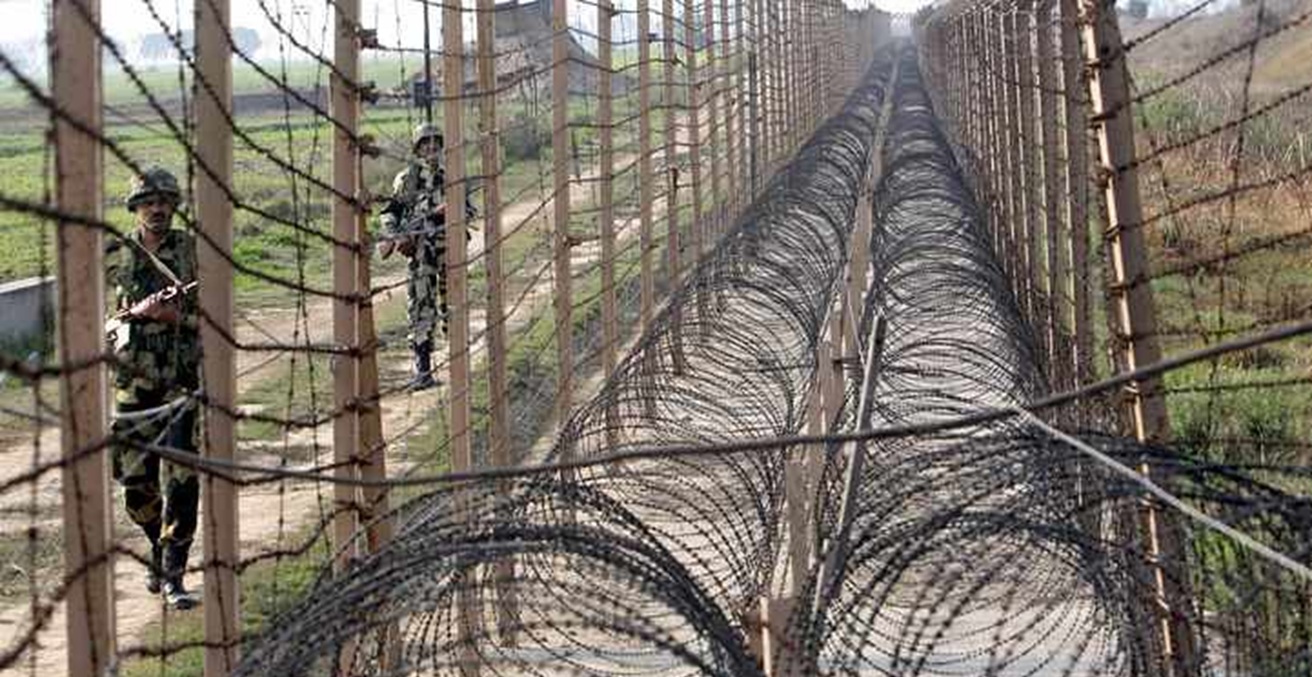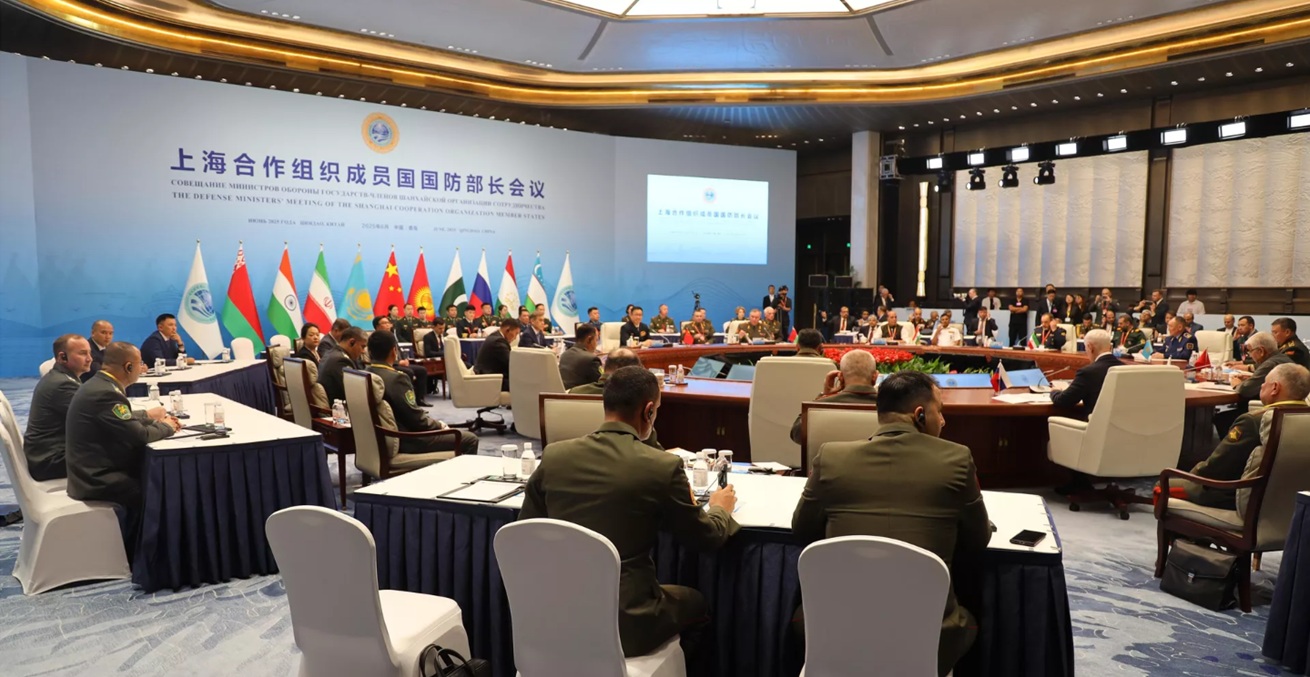In the discussion of British antislavery activity, Raphaël Cheriau posits that English international diplomacy may have shaped a new theory of humanitarian intervention in international law. The following question may rightly be, however, at what cost and broadly under what intentions?
During the nineteenth-century the Omani-ruled empire that was established at Zanzibar by Seyyid Said ibn Sultan al-Bu Saidi (r.1804-1856) dominated the trade and politics of the Swahili coast. Flourishing on the development of clove plantations, and booming commerce in both ivory and slaves, Zanzibar Town became the hub of Indian merchant capital linking Gujarat, especially Kachchh (Kutch), to Muscat and Bombay. These developments coincided with the British decision to extend their campaign to end the slave trade from the Atlantic to the Indian Ocean, which was linked to the British occupation of the Cape Colony and Mauritius following the Napoleonic Wars and further catalysed by the agitation of Scottish missionary-explorer David Livingstone and his abolitionist followers in Great Britain. As early as 1822, even before Great Britain abolished slavery in its colonies (1834-1835), it imposed a treaty that restricted the slave trade from Zanzibar to Christian subjects; this oceanic noose was further tightened in a second treaty signed in 1845. By this time many of the Indian residents of Zanzibar were regarded as British subjects so that in 1860 the British Consul there required them to emancipate their slaves. Taken together, these progressive steps by the British not only constrained the independence of the Bu Saidi rulers of Zanzibar, but also restricted the potential supply of labor to the French colonial islands of the southwest Indian Ocean, the economies of which were rooted in plantation production.
This is the background to the focus of a new book by French historian Raphaël Cheriau, who builds upon many decades of scholarship on Zanzibar, abolitionism, the British navy, and imperial rivalries in the western Indian Ocean to explore the complex interactions between imperialism and humanitarianism in the second half of the nineteenth century. The author weaves together a rich trove of primary documents from both British and French archives; some of these have been fruitfully exploited by previous historians, others reflect Cheriau’s energetic digging to go beyond the obvious. He also draws upon an equally dense corpus of published primary sources in both languages, as well as several contemporary newspapers, while his mastery of the secondary literature is impressive. The book is divided into three parts of three chapters each that are book-ended by an Introduction and Conclusion. Rather than providing a strictly chronological narrative, Cheriau takes the reader back and forth across several dominant issues but is at pains to cross reference his analyses throughout the book. Although several chapters draw upon his previous publications, he has integrated them quite differently across a number of chapters.
Part I focuses on “The right of visit, the French flag, and the repression of the slave trade in Zanzibar.” Addressing the thorny problem of suppressing the slave trade takes up Chapters 1 and 3, while Chapter 2 zeroes in on “the right of visit.” Unlike other European nations on which Great Britain had imposed anti-slave trade treaties with the right to stop any suspected ship of being a slaver, France had consistently rejected this concession. Contentious Indian Ocean rivalries between the French and the British were exacerbated by exaggerated British claims that much of the slave trade carried on by Indian Ocean vessels (dhows) were illegally protected by the acquisition of the French flag. Thus, the right to visit became a key issue in the intertwining of imperial ambitions and humanitarian concerns. Scholars like Hideaki Suzuki and Fahad Bishara have written intelligently about this question, to which Cheriau adds a further nuanced perspective to this debate.
Part II grapples with “Empire and humanitarian action in Zanzibar,” specifically what the author regards as “a troublesome relationship.” Chapter 4 takes a close look at the British Vice-Admiralty Court in Zanzibar as a case study of imperial flexing of muscle. Chapter 5 re-engages with the well-known Bartle Frere mission to East Africa and the resulting 1873 treaty that restricted the movement of captives by sea within the Sultan of Zanzibar’s dominion. This is followed by a Chapter 6 that considers the complexity of motives and actions that led to the 1889 naval blockade of Zanzibar. Although Cheriau does a fine job of probing the jostling imperial and humanitarian motivations of both the British and the French, he overlooks two important studies of the 1888 uprising on the coast and thereby misses the wider East African context of Imperial German intervention on the Swahili coast. He also neglects to say how Great Britain came to obtain the coastal strip of what is today Kenya in exchange for the North Sea island of Heligoland to Imperial Germany.
In Part III, “Zanzibar’s contribution to international law and humanitarian operations,” Cheriau takes his analysis to a more global level in a most interesting way. Building upon pioneering work by the late Suzanne Miers, in Chapters 7 and 8 he dissects, first, the 1890 Brussels Conference and then the 1905 Muscat Dhows Case that was adjudicated by The Hague Permanent Court of Arbitration. In the first case he specifically links the discussions at Brussels to the 1889 blockade of Zanzibar, while the 1905 arbitration once again focused on the issue of French flags of convenience and the right of visit. In Chapter 9, Cheriau asks the reader to consider how the cumulative effect of this half century of antislavery activity and international diplomacy may have shaped a new theory of humanitarian intervention in international law. In his conclusion, the author thinks further about the tangled relationship between naked imperial intervention and public expressions of idealised humanitarian goals, and how these currents point to debates about human rights in the twenty-first century.
Regrettably, the production of this book is marred by inattentive copy-editing, so that there are numerous typos, word omissions, misspellings, grammatical errors, and occasionally missing references throughout the text. There are also some more substantive errors in the text that require correction, such as the incorrect location of Manyema country on the eastern, rather than the western shores of Lake Tanganyika, or the mistaken identification of distinguished historian of African slavery Paul E. Lovejoy as “related to the Dar es Salam [sic] school.” Equally bizarre is the identification of German Consul at Zanzibar Dr. Arendt, whose name is apparently never given in the available documentation, with Hannah Arendt in the Index. Perhaps the most amusing error is the inclusion among “crimes against humanity” that British humanitarians enlisted in the nineteenth century were “the ravages of alcoholism viewed by British Tea Totalers.” I do not seek to make light of this valuable work of history or to undermine the important research that it embodies, but a careful reader cannot fail to notice such mistakes.
This is a review of Raphaël Cheriau, Imperial Powers and Humanitarian Interventions: The Zanzibar Sultanate, Britain, and France in the Indian Ocean, 1862-1905 (London and New York: Routledge, 2021). ISBN 9780367770792 (paperback)
Professor Edward Alpers is a research professor at the University of California Los Angeles. He has studied African History at Harvard College and received his Ph.D. from the School of Oriental and African Studies, University of London. Edward’s research and writing focus on the political economy of international trade in precolonial eastern Africa, including the manifold cultural dimensions of this exchange system, with special attention to the wider world of the Indian Ocean.
This review is published under a Creative Commons License and may be republished with attribution.




